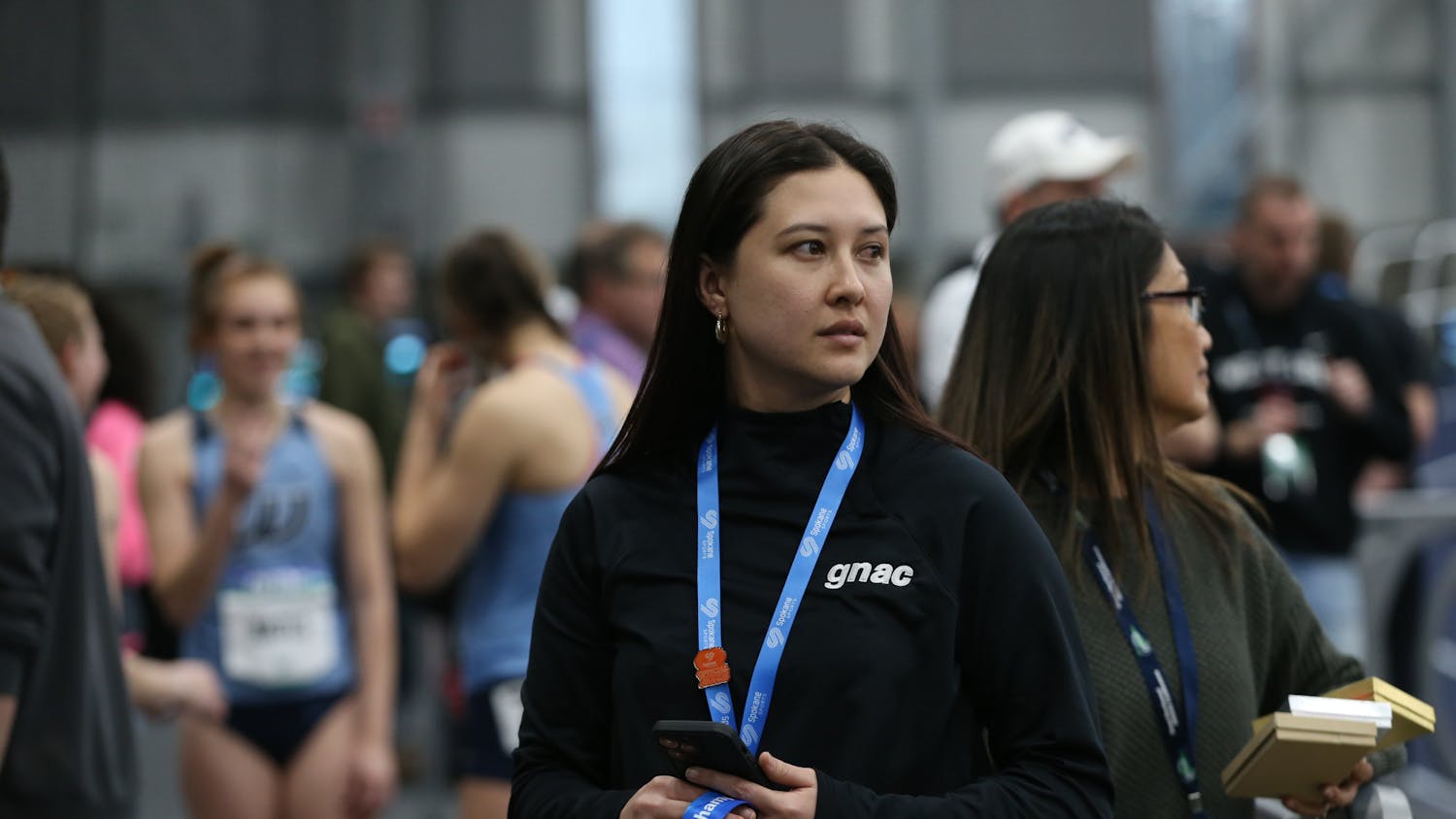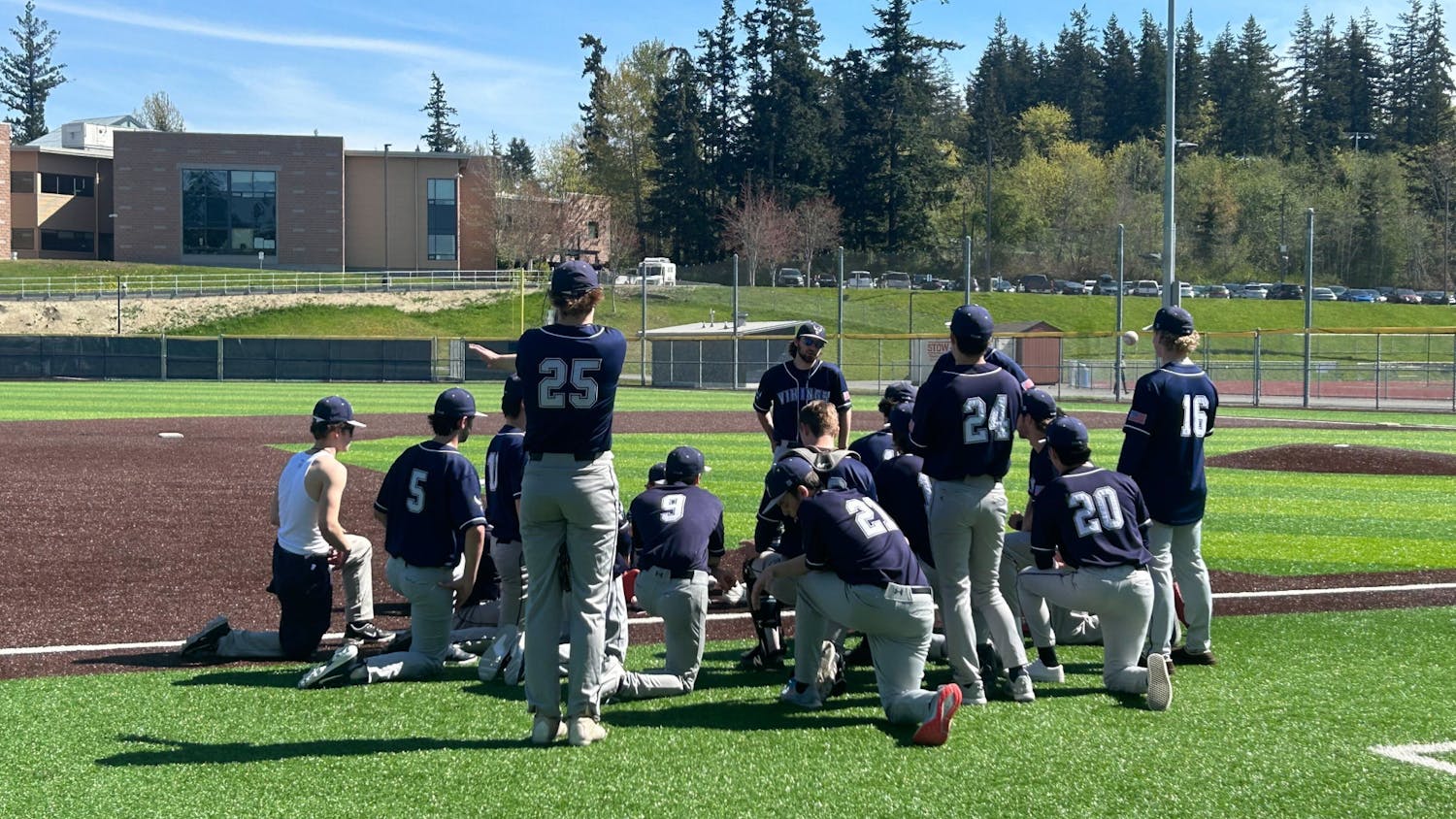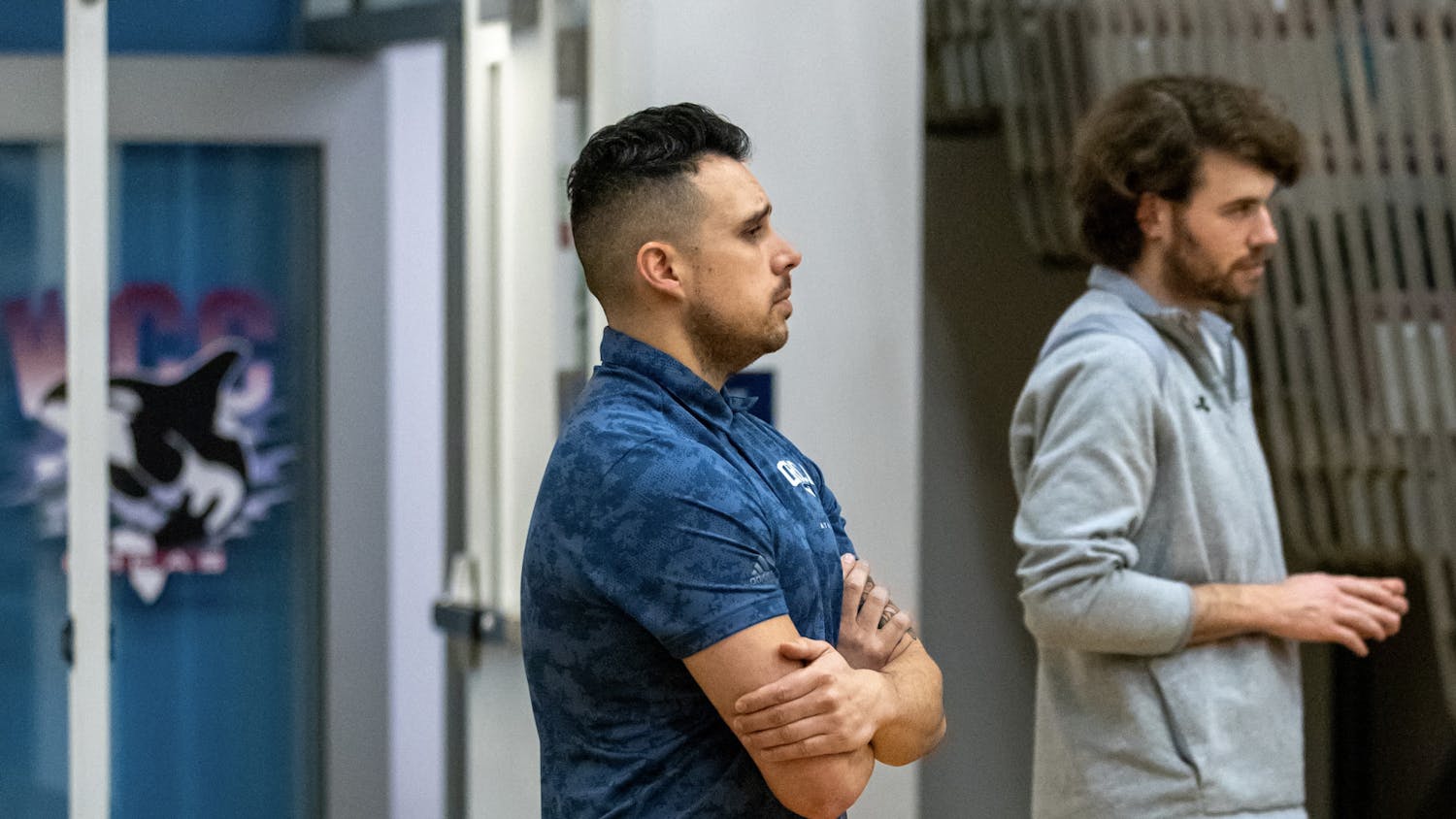Hannah Dykes, a former high school cheerleader, had no idea what to expect on the first day of her new sport.
“In the first practices, they basically gave us the building blocks to not die in the first game,” she said.
In her previous athletic endeavors as a cheerleader, rugby was a foreign concept. But Dykes has made a dramatic transition to the rough-and-tumble sport of rugby where survival comes first.
Dykes is a 19-year-old freshman rookie on the Western women’s rugby team. She joined the rugby team in October with her roommate and suitemate.
“I fell in love with it,” she said, adding on that the first practice was her first exposure to rugby.
Before coming to Western, Dykes was a cheerleader at Raymond High School for four years. Dykes said the transition from cheering to tackling was a shock.
The cheer squad at Raymond only had six girls, Dykes said. “It was basically a dance team, so no contact at all,” she said. Rugby, however, is a full contact sport.
Dykes said there is not one particular thing that makes playing rugby different from cheering because everything is different in this sport.
Cheerleading is about learning the moves, looking the right way and some ego is involved, Dykes said. Western rugby players are more concerned with bulking up and hitting hard, she said.
The women’s rugby team uniquely has no coaches. Instead, veteran players take on that role.
Dykes said not having coaches is not as weird as it sounds. She said the captains and veterans do a great job and the coaching dynamic is different between players and non-players.
“The difference is when you tell me to run, you’re running alongside me, putting in just as much effort,” she said. Dykes said the way the women’s rugby team veterans teach the game to rookies is very hands-on.
For the first few practices, veterans are paired with rookies on the field to play as a unit to learn the game through muscle memory. Despite the hard tackling in the sport, the only protective gear players wear on the field are mouth guards and scrum caps.
Junior Mallory Ogburn is Dykes’ veteran. Ogburn said the veterans look out for the rookies both on and off the field.
“You just make sure they’re coming to practice, keeping up with school and doing well with rugby,” she said. “It gives [rugby] a more family atmosphere, I think, than most sports.”
Dykes said her favorite moment of the season was her first game, which was a friendly match.
“I was so nervous and was legit going to throw up,” she said.
Despite her nerves, Dykes scored her first try in that game. Afterward, she was told by her teammates she had earned her “Zulu.”
“I said, ‘What the heck is that?’ and they go, ‘Oh, you’ll see’,” Dykes said.
When the game ended, the team gathered in a big circle on the field, with rookie players who scored to be placed in the middle, she said. Then the teams began their “Zulu chant.”
“Everyone that made their first try ever had to strip down to what they’re comfortable with,” she said. The tradition is an initiation rite, common among teams of all levels to recognize a player’s first try.
“It was so fun,” she said.
Rugby requires new players to learn a new vocabulary and unique skill set. Standard games feature 15 players on the field with the aim to score more points than the other team. The ball must be thrown laterally or backward – never forward – toward the try zone to score points. Penalties result in scrums and tackling is the only legal way to stop the ball.
During the regular season, the team practices three times a week at Harrington Field. Practices last around two hours, Dykes said.
The team starts by warming up and stretching, during which the captains initiate team building conversations and ice breakers, Dykes said.
Ogburn said Dykes is fun to hang out with at practice. “She’s very outgoing, she’s always pretty upbeat,” she said. “She’s really funny too.”
Then the team practices passing drills, and splits up – fronts and backs – to focus on the finer points of the game, she said. Dykes, as a wing, is part of the backs who do sprinting drills and practice different plays, she said.
“You want to get as aerodynamic as possible so you can run as fast as you can,” she said.
Ogburn said Dykes is a great athlete, weighing 130 pounds and standing 5 feet 9 inches tall.
“She’s very fast and is pretty aggressive on the field,” Ogburn said. “She plays without a lot of fear.”
Western’s official rugby season ended last month, and the new season begins in October. The team will still compete in tournaments in the off-season, Dykes said.
The best thing about the women’s rugby team is that its members are their own community, Dykes said.
“[The game is] full contact to get all of your aggression out, but then no matter what kind of beef you have on the field, everyone, even the other team, is like a family,” she said.
The Western women’s team was founded in 1977. The team belongs to the Cascade Collegiate Women’s Rugby Conference and competes in Division II of college rugby.





